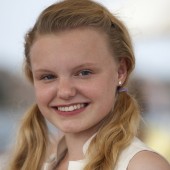
A Shoe Advertisement
Students discuss De Bono’s Six Action Shoes and use this information to support the development of a shoe advertisement.
Select from the following Dance Knowledge activities that develop students’ knowledge of genre, culture, history and styles of dance; safe dance practices; dance processes; and dance vocabulary.

Students discuss De Bono’s Six Action Shoes and use this information to support the development of a shoe advertisement.
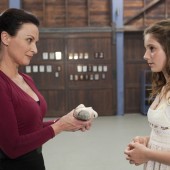
Students discuss needs and wants and write a family budget.
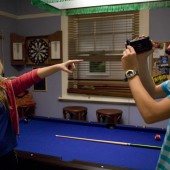
Students learn about camera angles and trial them using phone cameras and other media equipment.
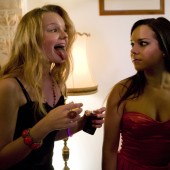
In one of four groups: historians, researchers, illustrators and tutors, students research and teach a fouette.
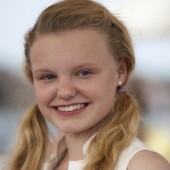
Students discuss the kinds of occupations that focus on feet. They create a script, written/spoken from the foot’s point of view as it spends a day dancing in pointe shoes.
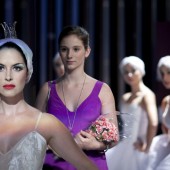
Students discuss behind the scenes roles and duties. Play hot spot role play.
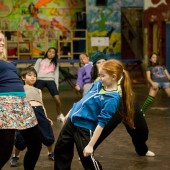
Students construct a poster advertising the benefits of dance to a target group.
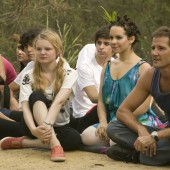
Students explore characterization and learn to generate motifs.
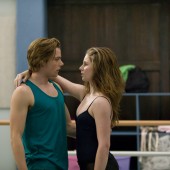
Students play Aussie dance map.
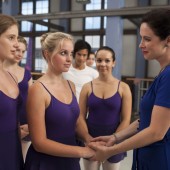
Students create costume designs for their cygnet dance.
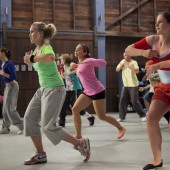
Students discuss cultural dance styles and individual heritages. Plan and teach a cultural dance.
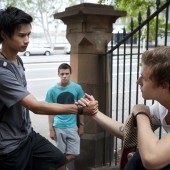
Students design and promote a free dance bootcamp.
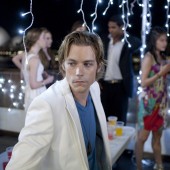
Students select and research a dance related career and present this research project as a multimedia presentation.
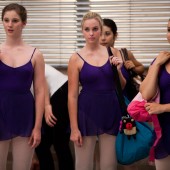
Students discuss dance styles, create a mind map, select a style and create a glossary of terms.
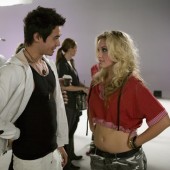
Students discuss framing and editing, plan camera angles for a dance shoot
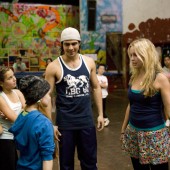
Students decide on the ways in which their program will be evaluation. Design interview questions.
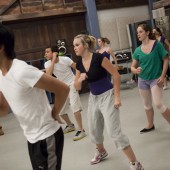
Students plans a number of fundraising activities to pay for a performance.
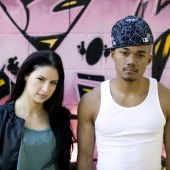
Students find examples of graffiti and create a phrase based on graffiti images.
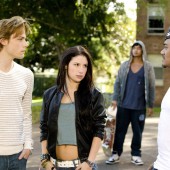
Students create a hip hop fashion show.
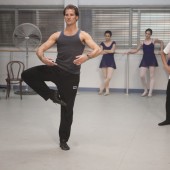
Students research leading men, place on timeline, select one and research him.
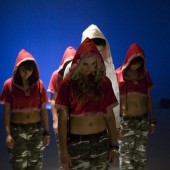
Students develop a lighting plan and then attempt to realise it via low tech lighting found in and around the school.
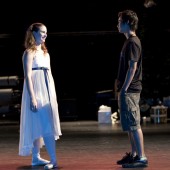
Students view a number of images of dancers wearing stage makeup. They select or create a character and design makeup for a performance in a large auditorium.
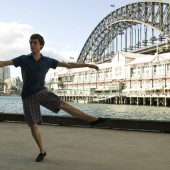
Students define the physical advantages for men in dance.
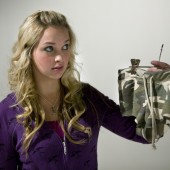
Students role play interviewer and artist on tour. Students create a poster advertising an upcoming tour.
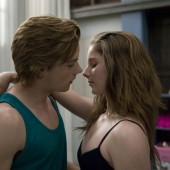
Students research an Australian modern dance pioneer and construct a timeline of key works.
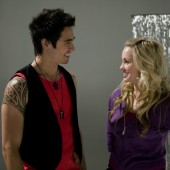
Students discuss a song that resonates with them; try to find a song that resonates for the class.
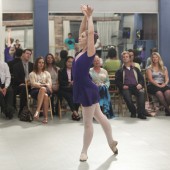
Students plan for a performance and create a budget for it.
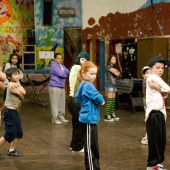
Students plan a community dance program.
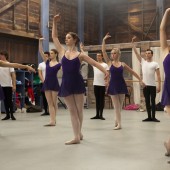
Students describe footwear for dance, history of the point shoe and experience a range of feet and calf strengthening exercises, keeping a record.
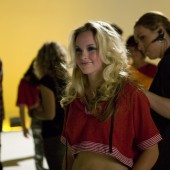
Students look at roles on set and create a “postcard” of a set and bring it to life for 15 seconds.
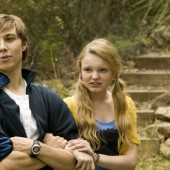
Students research a choreographed work inspired by a Shakespeare play.
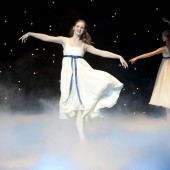
Students discuss superstitions for good and back luck and create a phrase from the verbs, nouns and adjectives found in a collection of superstitions.
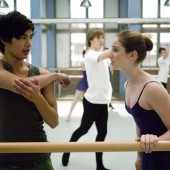
English skills practices in creating 1-line, 1-paragraph and 1-page synopses.
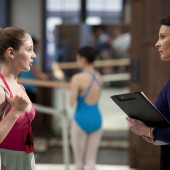
Students discuss purpose and uses of an audition form. Design an application form.
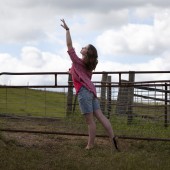
Students create a list of full time dance schools, discuss audition processes, contexts and variations re genre. Design an audition.
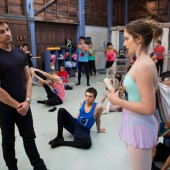
Students learn about the traditions of ballet companies and their hierarchy, and map this structure.
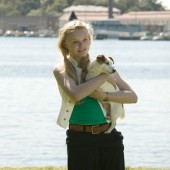
Students learn about range of motion in the foot and ankle and explore personal range of motion.
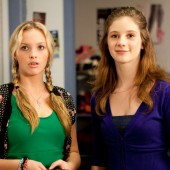
Students learn about the history of hip hop and based on freezes and poses create a simple hip hop phrase.
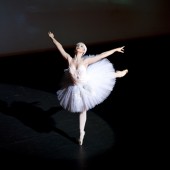
Students recount the story of Swan Lake in present tense in the style of a news broadcast. Extension activity to film the broadcast.
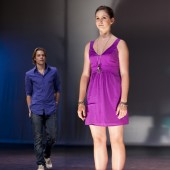
Students follow Tara as she moves backstage, map her journey and record/sketch/design the backstage areas.
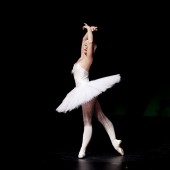
Students consider pre-performance processes and relate to time calls.